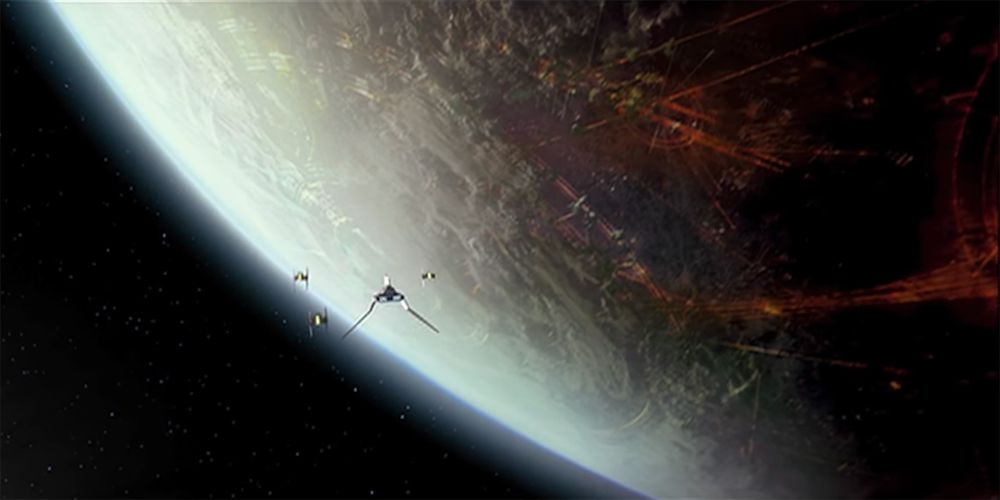Storytelling—especially sci-fi storytelling—is one of my favorite topics. If you tell me to write about it all day I will.
If you ask me to explain the "ecumenopolis" and its role within the genre, even better. I love them. Maybe a little too much. Merriam-Webster defines the ecumenopolis as...
a single city encompassing the whole world that is held to be a possibility of the future
It may seem cliche to a pull up a definition, but I think it's a good one to expand upon and I want to give it my best shot. Basically an ecumenopolis is a future world where every square inch of the planet is covered by a single city.
The ecumenopolis is a long-running trope in sci-fi and chances are you've come across it before. Here are the best planet-wide mega-cities in science fiction.
1. Coruscant
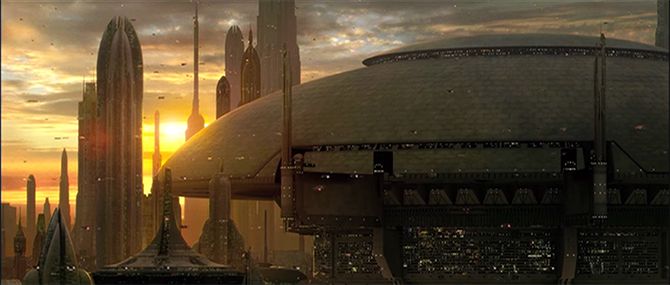
Honestly the Star Wars franchise is a perpetual offender of this trope, but why wouldn't they be when they have the budget to show this sort of sprawling city-scape on screen?
Coruscant is one of the many, many ecumenopoles within the Star Wars universe, and one of the most famous. In canon it's the seat of the Galactic Republic and home of the Jedi Temple. It's also the political and cultural hub of the entire galaxy.
Coruscant features predominantly in the Prequel Trilogy, specifically the second film, Attack of the Clones.
While there Padme tries to prop up a crumbling, dysfunctional government. Anakin also tries to fight his growing temptation to the dark side, made worse by his proximity to Palpatine.
2. Taris
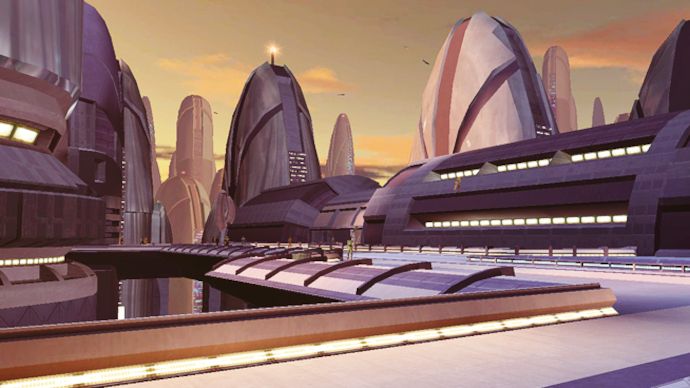
Taris is another Star Wars ecumenopolis. It's not as well-known as Coruscant, but it first appeared in the 2003 RPG Star Wars: Knights of the Old Republic. It was a beloved and influential game during its time.
As an Outer Rim planet that was originally under Old Republic control, Taris fell to invading Sith forces led by Darth Malak during the Jedi Civil War.
Afterwards, it briefly underwent hostile occupation before being destroyed by an orbital bombardment. The city was turned into a hulking ruin.
3. Metropolis
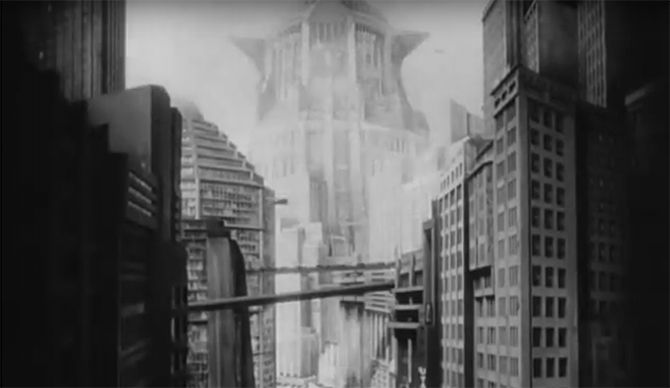
Sometimes a city isn't listed as an ecumenopolis because its full size and total population are not mentioned. Fritz Lang's "Metropolis"—from the movie of the same name—falls into this category. It's so influential we'd be irresponsible not to bring it up.
Originally depicted in a classic black and white film, Metropolis is a city from the distant future: a constantly working, constantly moving superstructure with a distinct class divide.
The masters that controlled the city—AKA the rich—lived in tall towers with lots of light and air. The working class lived underground, where they were put on grueling back-to-back shifts to keep the glittering ecumenopolis running.
Metropolis was really interesting because it gave us a good idea as to how these supercities might be divided based on class.
Its relegation of the rich to tall towers and the poor to the outskirts is a trend you see in real life, and it's an idea that's taken off in science fiction as a way to critique economic struggle.
4. Neo LA
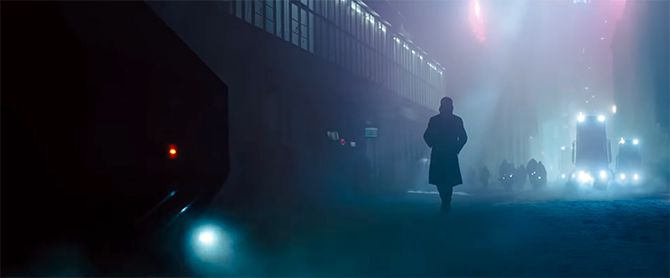
Looking for a city that's on its way to becoming an ecumenopolis? Blade Runner's neo Los Angeles is a contender for the list.
When we think of planet-wide cities, we often think of something that has been completely built up. Blade Runner shows us how these superstructures come about through human sprawl and expansion.
Philip K. Dick's original novel Do Android Dream of Electric Sheep?—the basis for this story—differs from the movie, so we won't touch on it here.
In the film, however, cities like Los Angeles have grown up and out to encompass entire states in a tangled mess of neon-soaked skyscrapers.
We see how far this progress has gone in the pulsing heart of LA, where Deckard works to hunt down rogue replicants. In Blade Runner 2049, we also see the outskirts of the city, and how it grows (or doesn't) by cutting into the stripped-down wasteland around it.
5. Trantor
Isaac Asimov's Foundation Trilogy is a story I haven't visited in some time, but the planet of Trantor held enormous influence over the evolution of the ecumenopolis and it's worth bringing up.
In his series of widely regarded books, Asimov describes Trantor:
...At the beginning of the thirteenth millennium, this tendency reached its climax. As the center of the Imperial Government for the unbroken hundreds of generations and located, as it was, towards the central regions of the Galaxy among the most densely populated and industrially advanced worlds in the system, it could scarcely help being the densest and richest clot of humanity the Race had ever seen.
Its urbanization, progressing steadily, had finally reach the ultimate. All the land surface of Trantor, 75,000,000 square miles in extent, was a single city. The population, at its height, was well in excess of forty billions. This enormous population was devoted almost entirely to the administrative necessities of Empire, and found themselves all too few for the complications of the task.
Trantor is on the opposite end of the scale from cities like neo LA. Here we see an ecumenopolis at its breaking point—a world that is so overdeveloped that it has begun to crack under the strain of its own size.
Asimov's Foundation Trilogy also raised important questions about the specific problems that affect planet-wide cities.
When you get that big, how do you feed your population? Do you outsource food and water? How does this change your job market, and how do you administer a planet that large?
The Motto? Build Bigger and Taller
This is just a small sample of the ecumenopoles that are found in sci-fi. It's been a mainstay for quite some time, and because of its popularity it will continue to be included in books and films and shows. Games, too.
On a personal level, I can't wait to read about the next mega-city or watch it on screen. There's something intensely satisfying about seeing the complexities of such a large urban area explored, and I'm hopeful for what this trope brings to the future.
